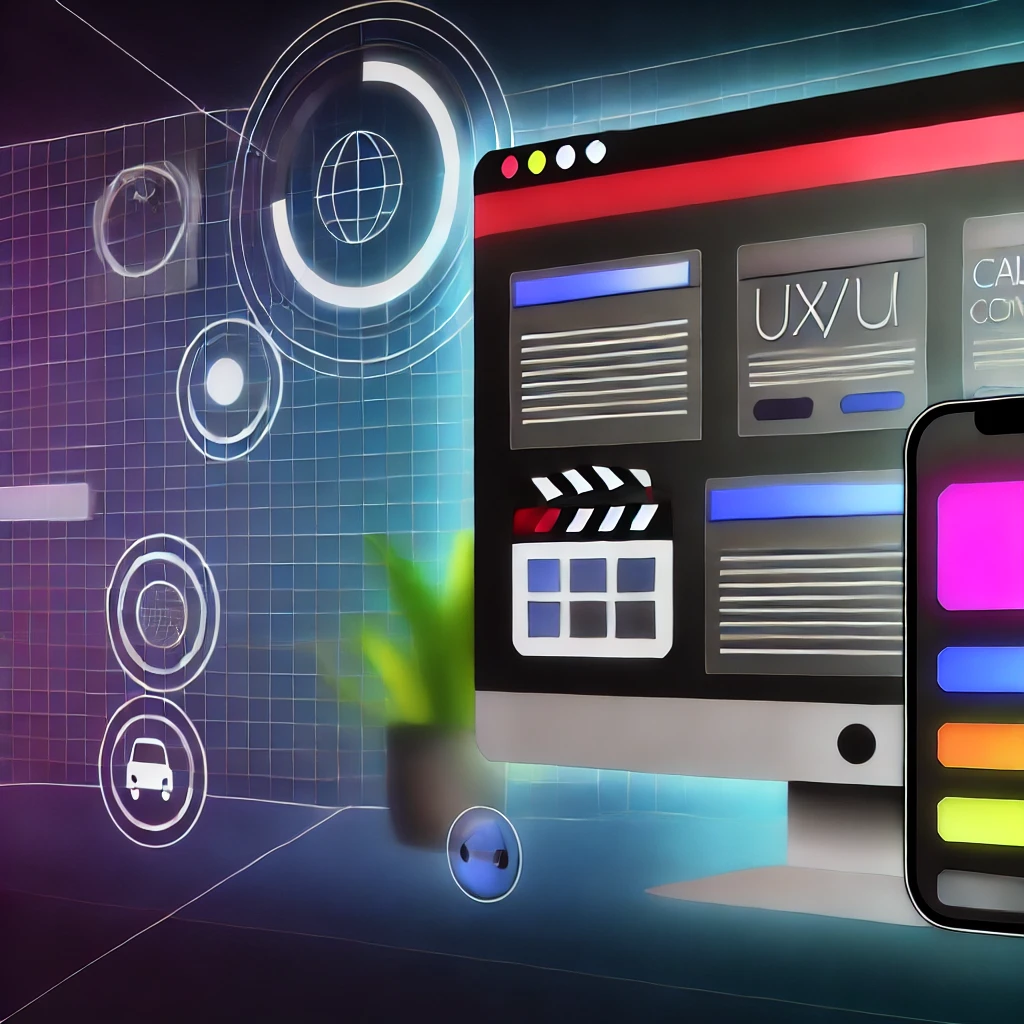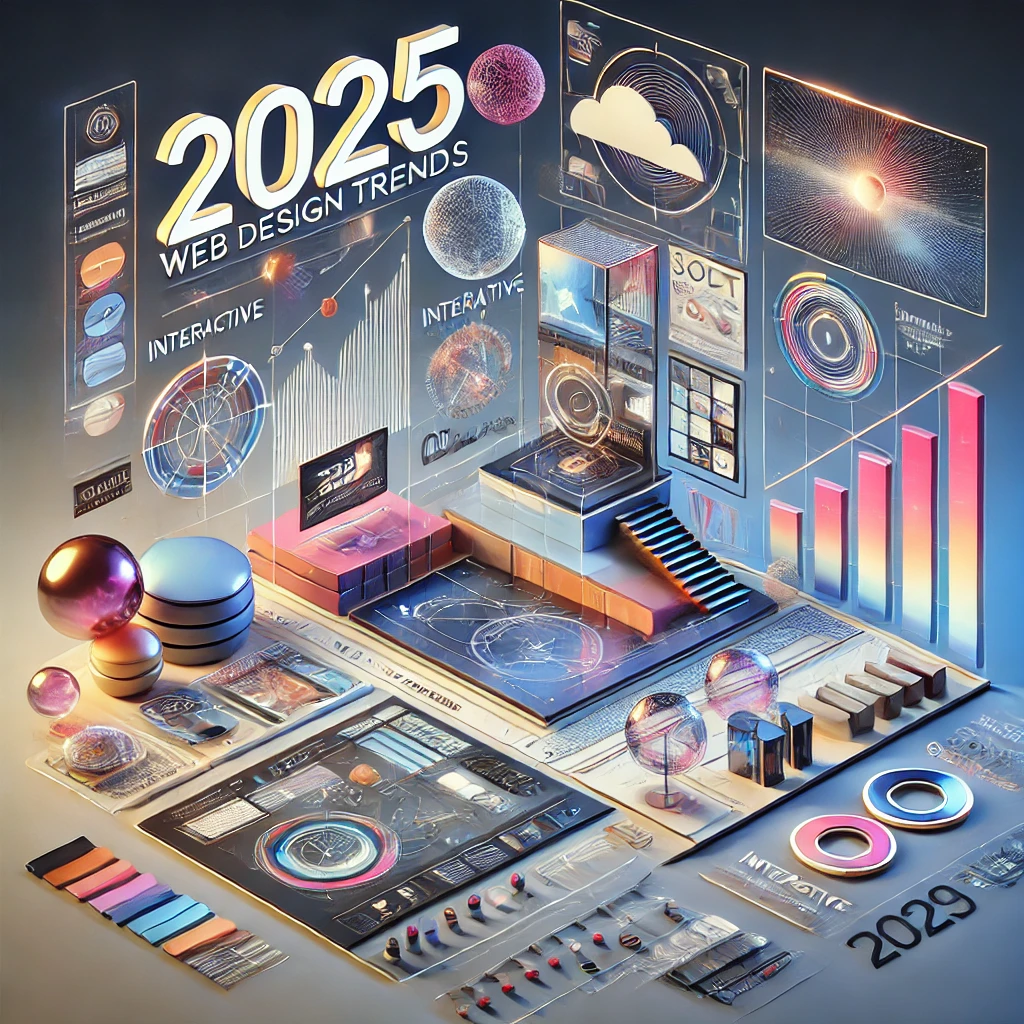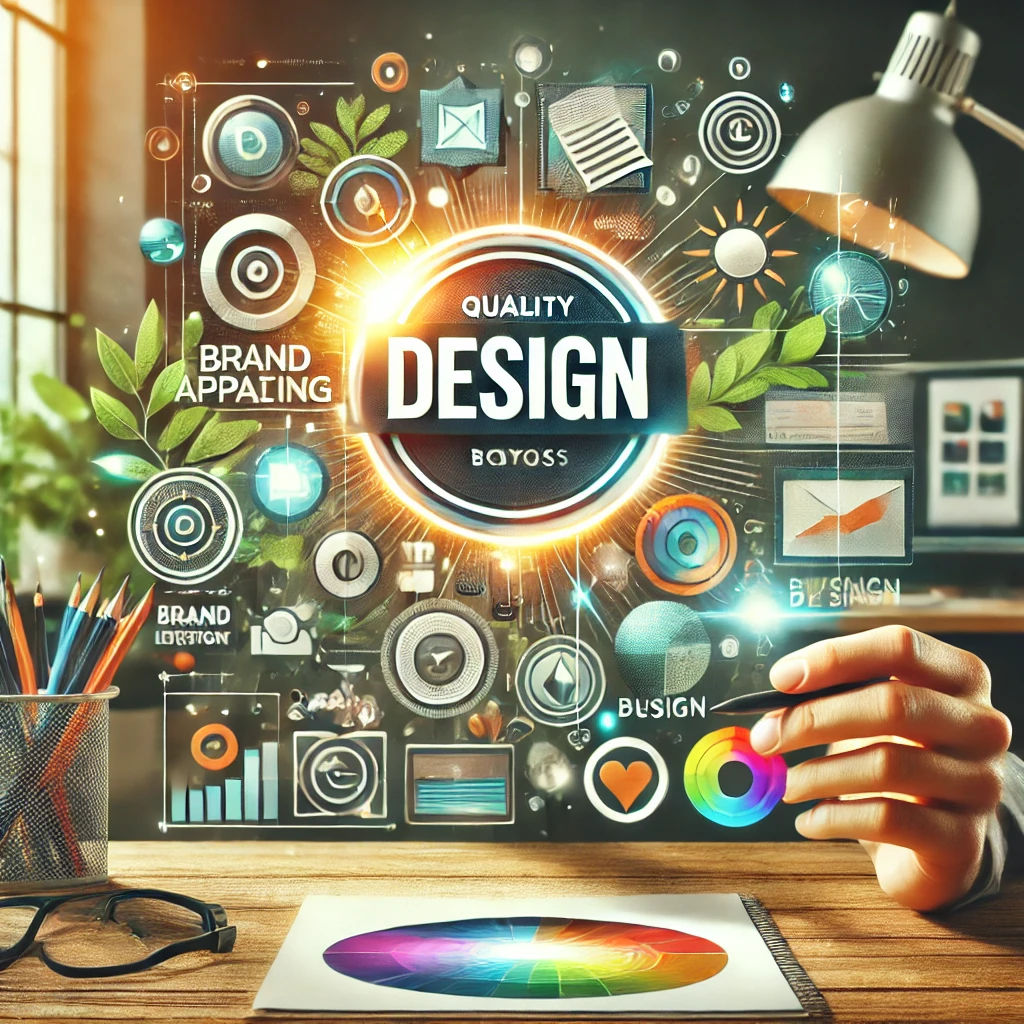
How to Improve Your Website Conversion with Effective UX/UI Design
Explore how optimizing user experience and interface design can significantly enhance website conversions and drive business growth...
Nov 13, 2024

The landscape of web design evolves at a breakneck pace, and staying updated on emerging trends is crucial for keeping your brand visible, engaging, and memorable. With the digital world becoming increasingly saturated, brands must prioritize not just aesthetics but functionality, accessibility, and immersive experiences to differentiate themselves.
In this article, we’ll explore the top web design trends for 2025 and discuss how they can benefit your brand. Integrating these trends into your website can enhance user experience, improve SEO, and, most importantly, create a connection with your audience.
Explore our design services at PosterumSoft Design Services to stay ahead of these trends and keep your website dynamic and engaging.
In 2025, 3D elements and AR are transforming how users interact with websites. Incorporating interactive, realistic visuals gives users a more engaging, tactile experience that feels almost lifelike. By creating a website that feels more like a physical space, brands can provide a unique user experience that captures attention and enhances brand loyalty.
E-commerce: Brands like IKEA allow users to place 3D-rendered furniture into their rooms through AR, giving them confidence in their purchase decisions.
Real Estate: Virtual tours powered by 3D elements can help buyers visualize homes more effectively than static photos.
Education: Interactive 3D models are being used in e-learning platforms for subjects like anatomy, architecture, and mechanics, making complex topics accessible and engaging.
This trend is beneficial for industries where customer decision-making relies heavily on visual inspection or immersion. Companies can use AR and 3D to create a memorable digital experience that helps users feel connected to the product.
Dark mode isn’t just about aesthetics; it enhances readability, saves energy on OLED screens, and reduces eye strain. In 2025, expect dark mode to become a more dynamic feature, with options for users to seamlessly switch between light and dark themes based on the time of day or ambient light.
User Controls: Provide users with options to toggle between dark and light modes manually or automatically based on their device settings.
Contrast Optimization: Use colors that are specifically designed for dark mode to maintain readability and visual harmony.
For brands, dark mode can project sophistication and modernity, especially for industries like tech, finance, and gaming. However, it’s essential to ensure that all design elements are optimized for both modes to create a consistent user experience.
Today’s users expect websites to anticipate their needs, and AI-powered personalization is key to meeting those expectations. In 2025, personalization is moving beyond user names or product suggestions to include entire layouts and interactions tailored to individual preferences.
Amazon: The retail giant uses user data to customize product recommendations, enhancing the shopping experience and boosting conversion rates.
Streaming Services: Platforms like Netflix and Spotify analyze user behavior to curate personalized content and improve user retention.
Consider using our design services to implement personalization features that resonate with your audience.
With AI, websites can offer personalized experiences to every user, from targeted product suggestions to customized content, ultimately enhancing engagement and satisfaction.
Sustainability is a significant concern for consumers, and brands are expected to reflect these values in their digital presence. Sustainable design focuses on reducing data load, optimizing resource usage, and building websites that consume less energy.
Optimized Media: Compress images and videos to reduce data usage, which translates to faster loading times and reduced energy consumption.
Eco-Friendly Hosting: Many brands are turning to web hosts that use renewable energy, reducing their carbon footprint.
Brands that adopt these practices show consumers that they’re serious about sustainability. It’s not just a design trend—it’s a commitment to a more responsible and eco-friendly digital footprint, which can resonate well with eco-conscious audiences.
As voice assistants become increasingly integrated into our daily lives, voice user interfaces (VUI) are becoming a vital feature of web design. In 2025, more websites will optimize for voice commands, allowing users to interact hands-free.
E-commerce: Customers can search, select, and purchase products through voice commands, making shopping more accessible.
Accessibility: VUI is an excellent tool for visually impaired users, as it enables a smoother browsing experience without relying on visuals or touch.
Integrating VUI can make websites more accessible and engaging, catering to the needs of users who prefer vocal interaction over traditional navigation.
While minimalism remains popular, the neo-brutalism design trend gives it an edgier twist by adding bold colors, sharp contrasts, and rugged aesthetics. This approach creates an eye-catching, raw design that feels contemporary and authentic.
Bold Typography: Use large, impactful fonts to emphasize brand statements or calls to action.
Color Blocking: High-contrast color blocks draw attention to essential information and make navigation intuitive.
Neo-brutalism can work well for brands looking to create a bold, memorable identity. While it may not be suitable for all industries, it’s perfect for brands targeting younger or more creative audiences who appreciate an unconventional style.
Micro-interactions—small animations that guide users—are becoming more sophisticated. From hover effects to scrolling animations, these tiny elements make navigating a website feel more intuitive and enjoyable.
User Engagement: Micro-interactions like button animations or swipe feedback create an interactive experience that keeps users engaged.
Usability: These interactions guide users and provide visual feedback, enhancing usability.
Micro-interactions can be subtle but highly effective. For instance, buttons that change color when hovered over can subtly guide users without overwhelming them.
Integrate engaging micro-interactions with our expert design services to create a delightful user experience.
Inclusive design is becoming increasingly vital as web accessibility standards evolve. In 2025, websites need to be accessible for all users, including those with disabilities. This requires thoughtful design choices that ensure users can navigate and interact with content, regardless of their abilities.
Readable Fonts: Choose fonts that are easy to read, avoiding overly decorative or light styles.
Keyboard Navigation: Make sure your website is navigable via keyboard for users who cannot use a mouse.
Alt Text and ARIA Labels: Use descriptive alt text for images and ARIA labels for navigation to improve accessibility for screen readers.
Inclusive design not only expands your audience but also demonstrates social responsibility, which is increasingly valued by consumers.
In 2025, mobile-first design is not optional. As mobile traffic continues to grow, websites must be optimized for a seamless experience across all devices. Adaptive design goes beyond responsive layouts to ensure functionality and performance are customized for different screen sizes.
Touch-Friendly Design: Larger buttons and easy-to-use navigation make mobile sites more user-friendly.
Performance Optimization: Use caching, minification, and optimized assets to reduce load times on mobile.
A mobile-first approach ensures that your website remains accessible and visually appealing on all devices, which is crucial in today’s mobile-dominated landscape.
Data visualization and interactive infographics are on the rise as they allow brands to present complex information in a visually engaging way. Users appreciate interactive content that is both informative and aesthetically pleasing, which can lead to higher engagement and retention.
Finance and Education: Interactive charts and visual data representations can help users understand complex topics like investment strategies or scientific data.
Environmental Awareness: Interactive infographics can display data on issues like climate change, engaging users through an interactive, informative experience.
This trend is valuable for brands in data-heavy industries, as it provides a way to convey complex information effectively and engage users on a deeper level.
Chatbots are evolving, and in 2025, they’re smarter and more responsive than ever. AI-driven chatbots can answer user queries, assist with navigation, and provide support, all while learning from user interactions to improve over time.
24/7 Support: Users can access assistance anytime, improving customer satisfaction.
Personalization: Chatbots can tailor responses based on user data, providing a more personalized experience.
AI-driven chatbots enhance the customer experience by offering instant, helpful support, making them an essential tool for many websites.
The trends of 2025 reflect the growing demands for accessibility, interactivity, and personalization. Implementing these trends can significantly impact how users interact with your brand, making their experience more engaging and memorable. From 3D elements to eco-friendly design practices, every trend provides an opportunity to enhance user engagement, improve brand perception, and create lasting customer relationships.
At PosterumSoft, our design experts can help you integrate these trends into your website, ensuring it remains current and appealing in an ever-changing digital landscape. Investing in design is more than an aesthetic choice; it's a strategic move that can boost your brand's success in a competitive market.

Explore how optimizing user experience and interface design can significantly enhance website conversions and drive business growth...

Explore why investing in quality design is essential for business success and how it impacts brand credibility, customer trust, and long-term growth...